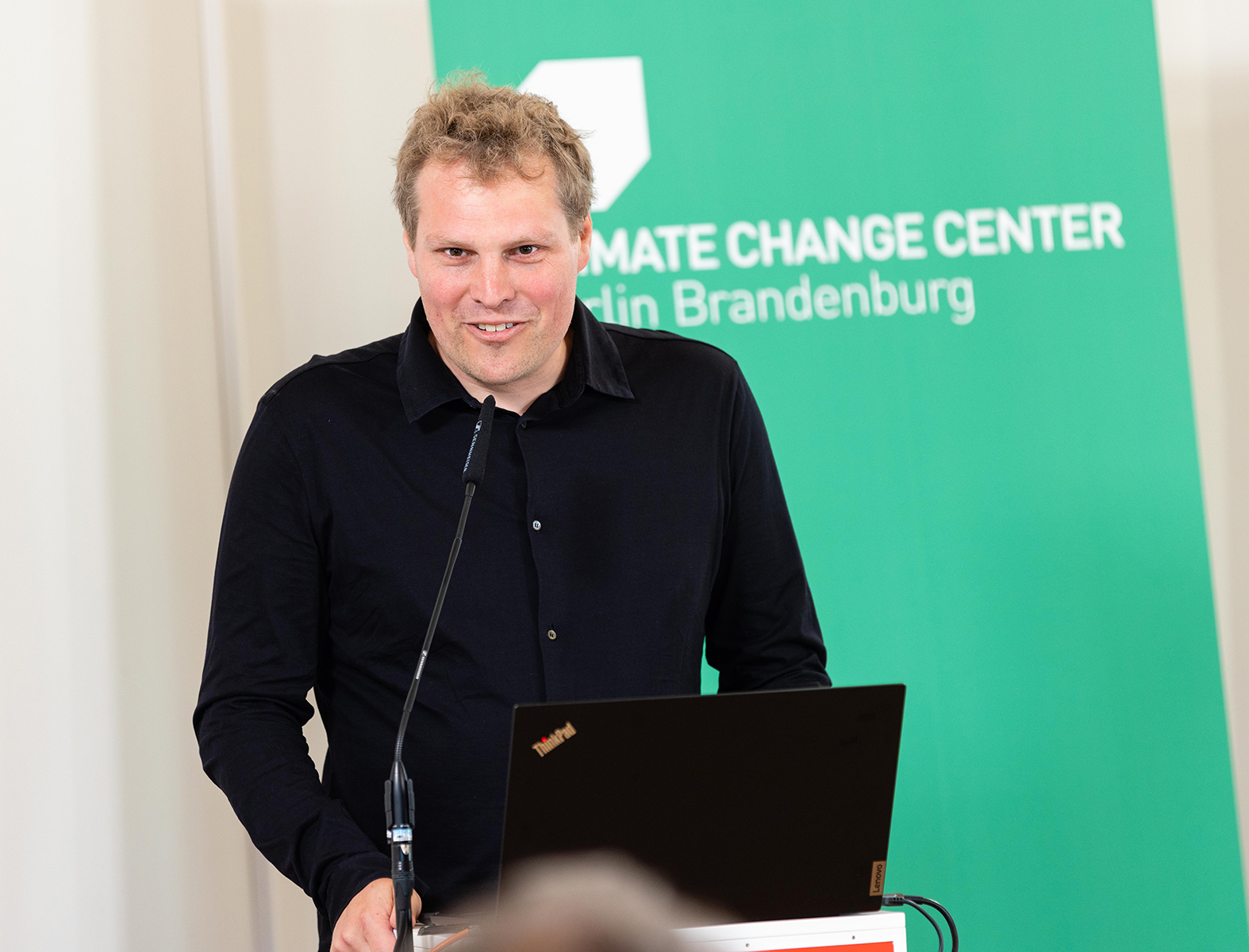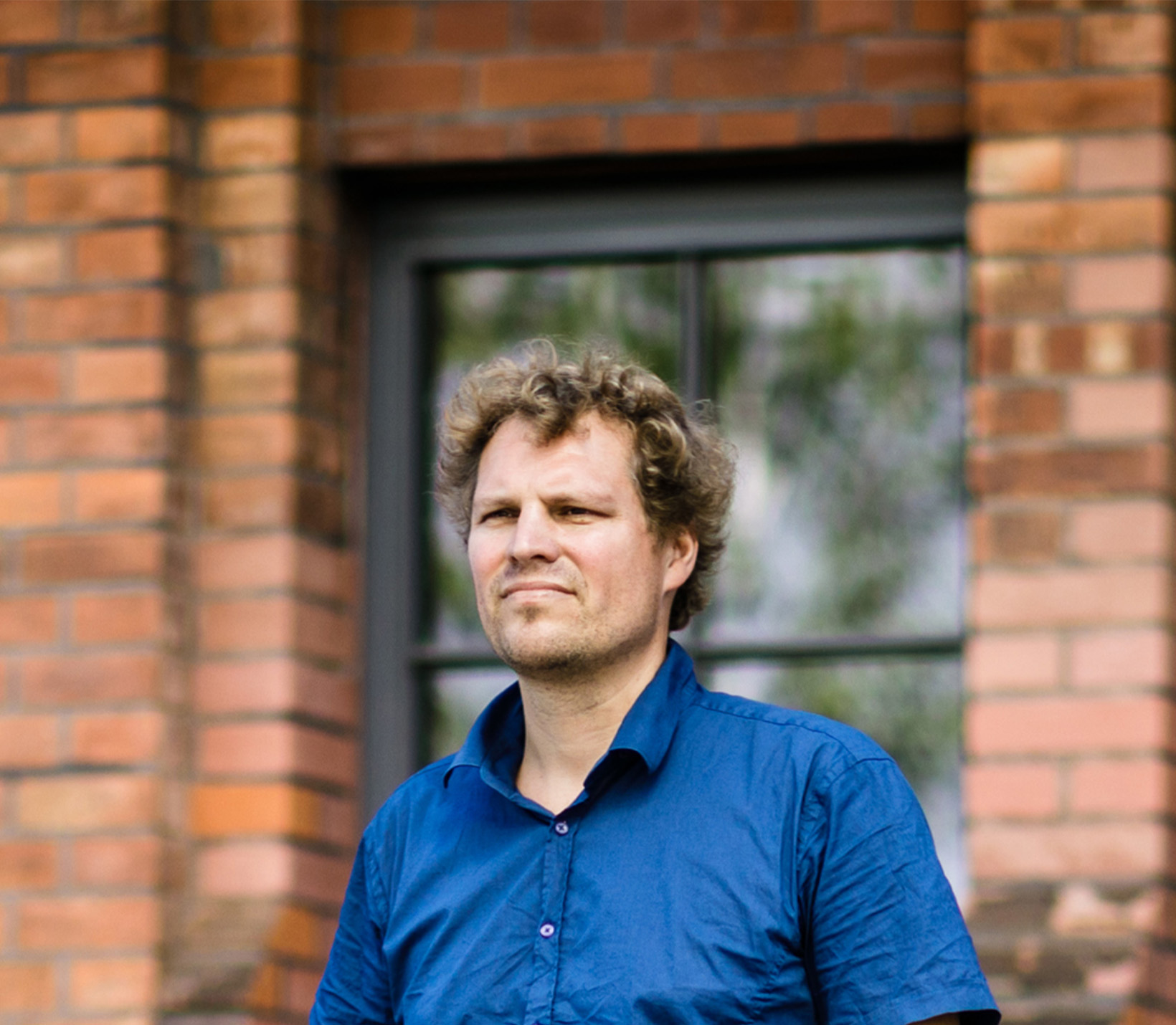#Berlin #Urban planning #Health #Heat protection
05/2023
Urban Microclimate in Berlin, Zurich, and Seville
Published in: Urban Climate, Volume 49, May 2023, 101467
Aicha Zekar, Nikola Milosevic-Dupont, Marius Zumwald, Felix Wagner, Felix Creutzig
Mercator Research Institute on Global Commons and Climate Change
Technische Universität Berlin, New York University Abu Dhabi, ETH Zürich
A study has shown that the characteristics of urban form have a significant impact on the ambient temperature in cities, which in turn affects residents’ well-being. Machine learning models were used to identify predictive features of urban form that influence urban ambient temperature in Berlin, Zurich, and Seville.
The lead author of the study Aicha Zekar explains: “Our research shows that the built environment plays a crucial role in changing urban heat and can have a significant impact on the well-being of city residents. Vegetation cover and bodies of water are the most important factors for explaining spatial temperature patterns during the day, while impermeable land cover is the most critical factor at night.” The study found that the average ambient temperature in dense urban areas was on average 3°C higher in summer compared to suburban locations in all cities. The study also found that urban form factors can explain the variations in urban temperature in around two thirds of cases, and that the magnitude of the effect varies from city to city depending on its climate type, altitude, and predominant land cover. The study also identified certain urban hotspots such as Charlottenburg and Friedrichshain in Berlin, where temperatures can rise up to 4°C above the city average.
The findings provide urban planners and policymakers with important insights for heat mitigation and sustainable urban development through region-tailored modifications and the replacement of land cover. The study’s approach also makes it possible to identify hotspots and neighborhoods that require urgent measures to mitigate heat.
Picture: Philipp Arnoldt

In order to maximize cooling effects, a combination of increased urban vegetation, e.g. through vertical greening for buildings, and replacing asphalt concrete with trees is required.


